My goal with Live Simply Natural is that it is a resource to help you feel empowered when making nourishing lifestyle choices. I’m a big believer that eating a well-balanced diet is the foundation for feeling good from the inside out. So I’m breaking down everything you need to know to unlock the nutritional powerhouse of the most common whole food ingredients. Today I’m sharing one of my winter and springtime favorites – ORANGES!
Produce Guide: Oranges
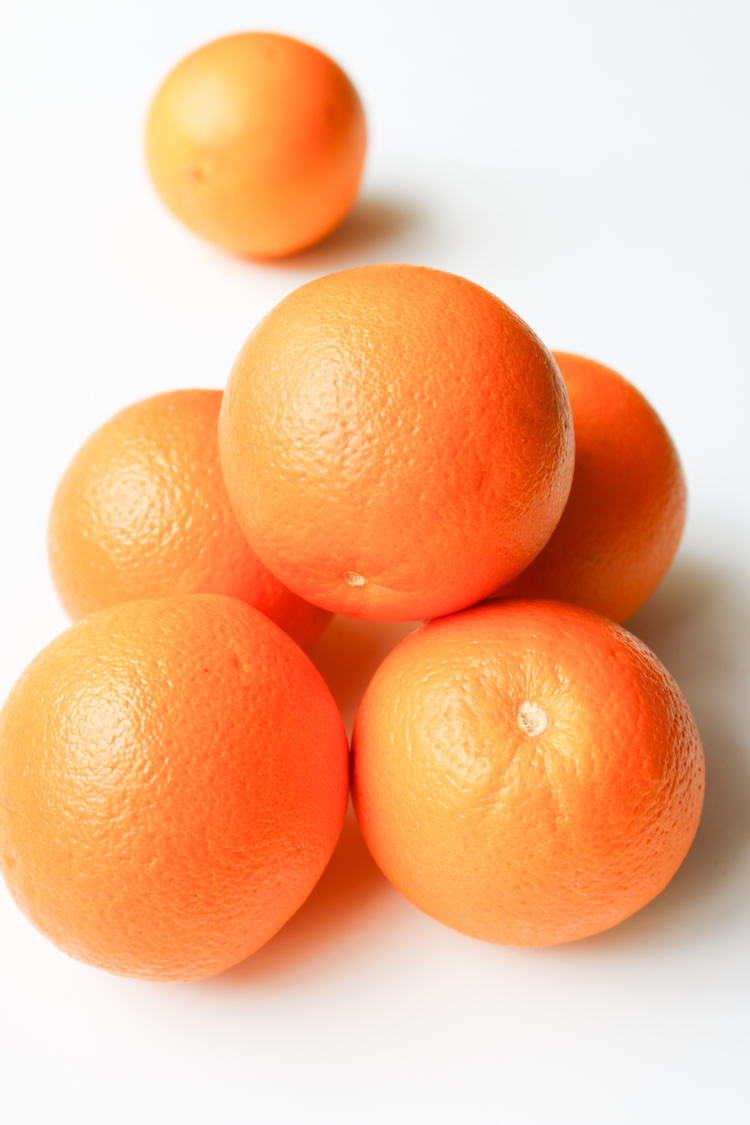
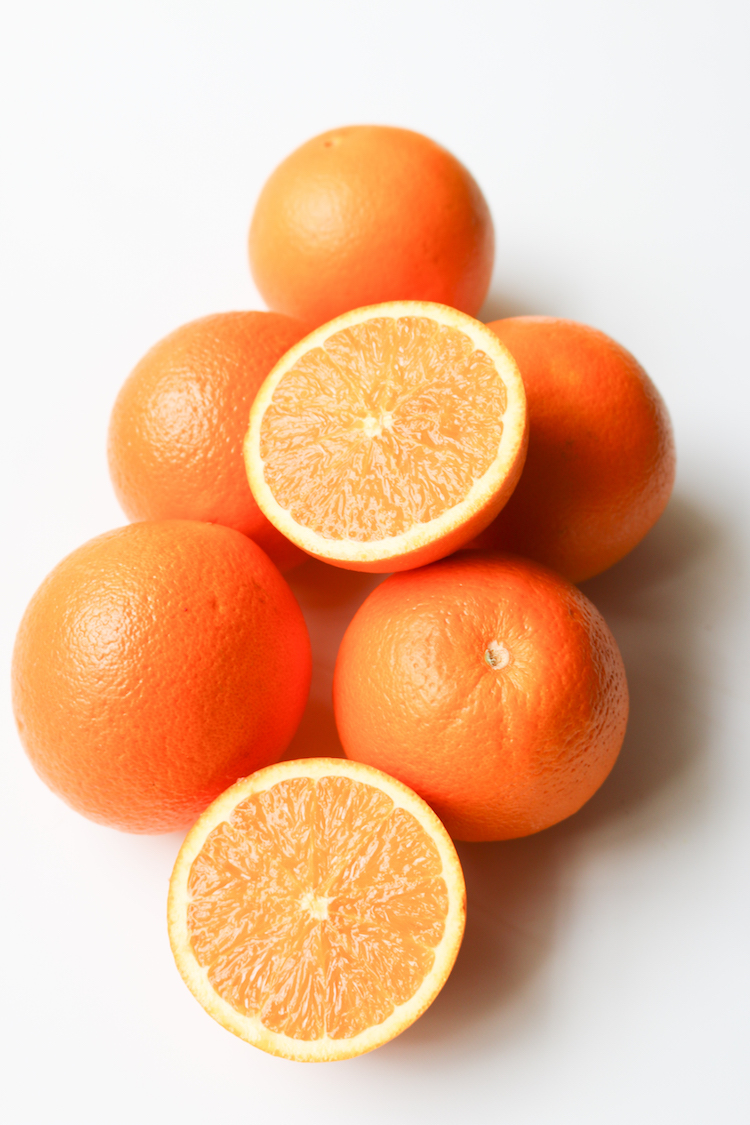 Oranges are a BIG household favorite for many but the season for oranges changes depending on the variety your picking. Generally, Valencia oranges are in season from late spring to mid-summer. Navels are best from mid-winter to early spring. And Blood oranges are at their peak from winter until early spring. Typically you can find citrus throughout the year but they really don’t start to come into season until November and for the most part, they will last all the way into June. Some of my favorite varieties are Navel, Tangerines, Blood Oranges, Clementines (a.k.a. cuties) and of course Valencia Oranges. Valencia oranges are one of my favorites to juice. I also like using the zest as it gives my meals a nice citrus kick. I use it on salads, dressings, and desserts, I love the refreshing flavor it adds.
Oranges are a BIG household favorite for many but the season for oranges changes depending on the variety your picking. Generally, Valencia oranges are in season from late spring to mid-summer. Navels are best from mid-winter to early spring. And Blood oranges are at their peak from winter until early spring. Typically you can find citrus throughout the year but they really don’t start to come into season until November and for the most part, they will last all the way into June. Some of my favorite varieties are Navel, Tangerines, Blood Oranges, Clementines (a.k.a. cuties) and of course Valencia Oranges. Valencia oranges are one of my favorites to juice. I also like using the zest as it gives my meals a nice citrus kick. I use it on salads, dressings, and desserts, I love the refreshing flavor it adds.
-
HEALTH BENEFITS
Oranges are widely known for their vitamin C content which helps to boost immune system function, reduce signs of aging, protect against cancer, boost cellular repair and metabolism, detoxify the body, improve circulation, improve blood pressure, reduce inflammation, and lower cholesterol levels. B vitamins are also plentiful in oranges, helping the body convert food into fuel for energy. Folate (vitamin B9) helps the body develop healthy red blood cells and Thiamin or vitamin B1 (so-called because it was the first B vitamin to be discovered) is known as an “anti-stress” vitamin, because of its ability to strengthen the immune system and increase your ability to handle tension. High in fiber content, oranges help to keep your colon clean and running smoothly, while also lowering your blood cholesterol by keeping toxins from building up in the colon.
NUTRIENT BREAKDOWN OF ORANGES
*per 1 raw orange (source)
- Fiber | 3.1 g (12% DV)
- Protein | 1.3 g (3% DV)
- Carbohydrates | 17.6 g (6% DV)
- Vitamin C | 82.8 mg (138% DV)
- Vitamin A | 346 IU (7% DV)
- Folate | 47.6 mg (12% DV)
- Magnesium | 15.4 mg (4% DV)
- Potassium | 232 g (7 % DV)
- Calcium | 60.2 mg (6 % DV)
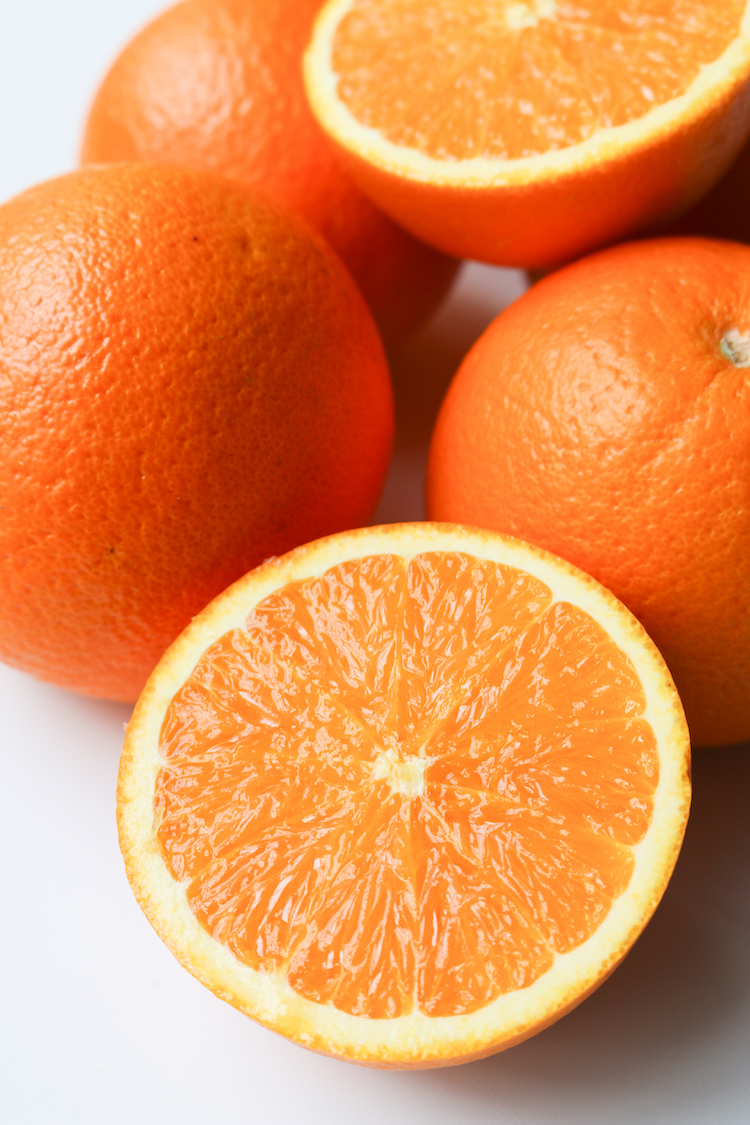
-
HOW TO BUY
When shopping for oranges, you should always look for the same things: Choose those that feel firm and heavy in the hand, with no soft spots or bruises. If you do feel soft spots, the fruit is probably damaged or going bad. If zesting or candying the rind, pick fruits with unblemished skin—preferably organic. Bright color can be a good indicator of taste, but certain varieties may have naturally paler skin. Brown surface patches do not mean the orange is unripe or spoiled, but rather that it was grown in a very warm and usually humid climate.
-
HOW TO STORE
When properly stored, oranges should 7 to 10 days. I recommend storing your oranges or any citrus in a small basket at room temperature to allow for better air circulation. I recommend rotating them as they tend to get soft spots from sitting on one side for too long. If you want your citrus to last longer, store them in the refrigerator or in a cool, dark place. They’ll last up to three weeks when stored this way.
-
HOW TO PREPARE
Choosing the best way to prepare or peel your orange really depends on what you’re using it for. If you add it to salads then I suggest thinly sliced as it not only looks prettier but allows for the hint of refreshing flavor to disperse throughout the whole salad. If you’re looking to juice then I recommend using Navel or Valencia oranges as they have a high water content ratio. I love using my citrus press for the job as it’s super simple, just be sure to roll the fruit on a firm surface to soften the flesh. To peel an orange, simply wedge your thumb between the peel and flesh and pull off peel a piece at a time. Break fruit into sections. To remove the orange peel and the bitter white membrane beneath, run a sharp knife between the peel and flesh in a spiral fashion. To grate orange peel for zest, rub the colored part of the rind only against the small holes of the grater or use a zester or vegetable peeler to remove the rind and then chop finely.
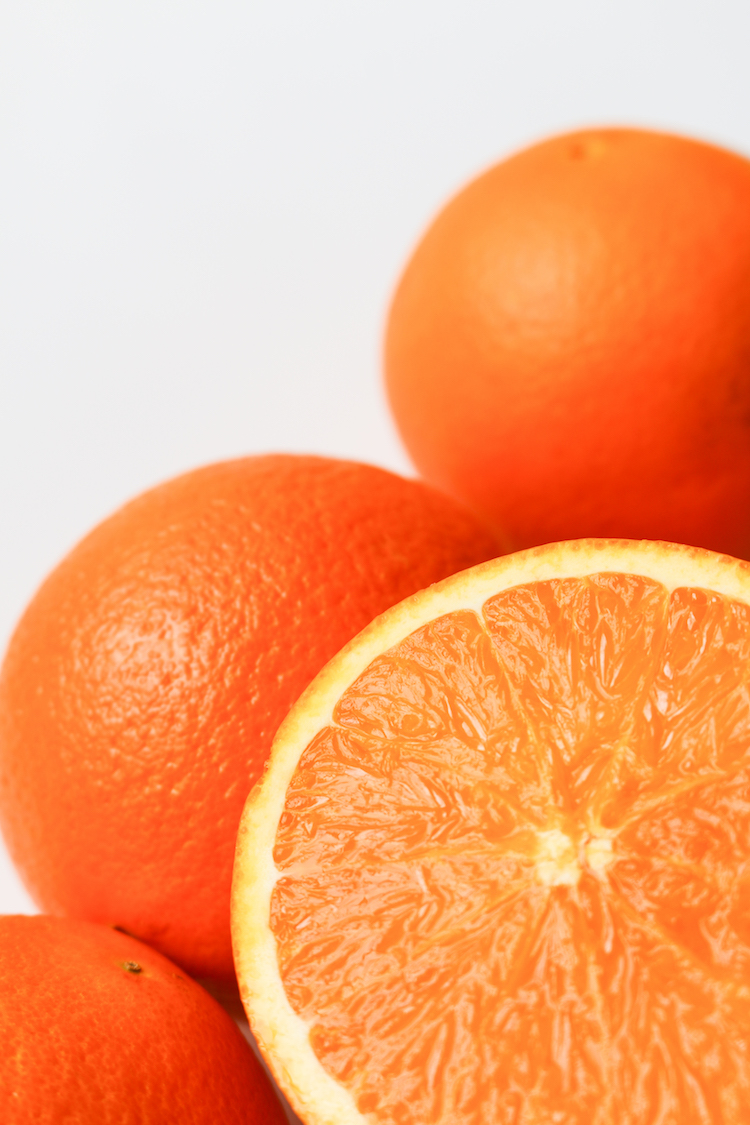
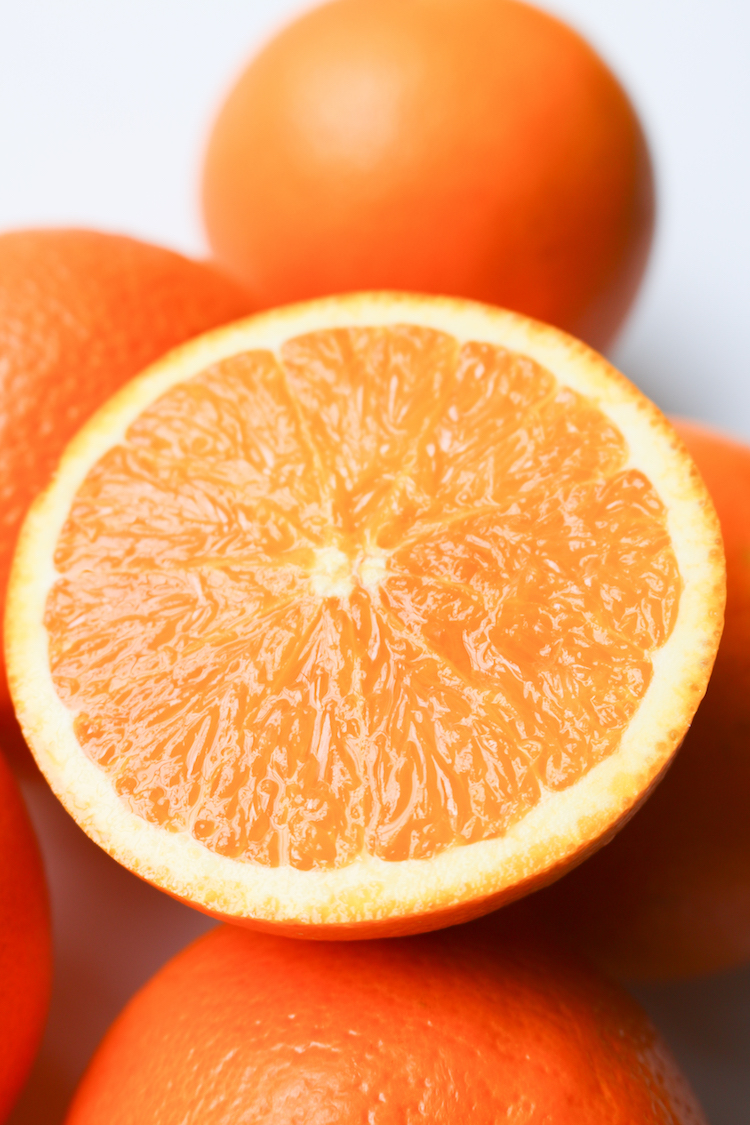
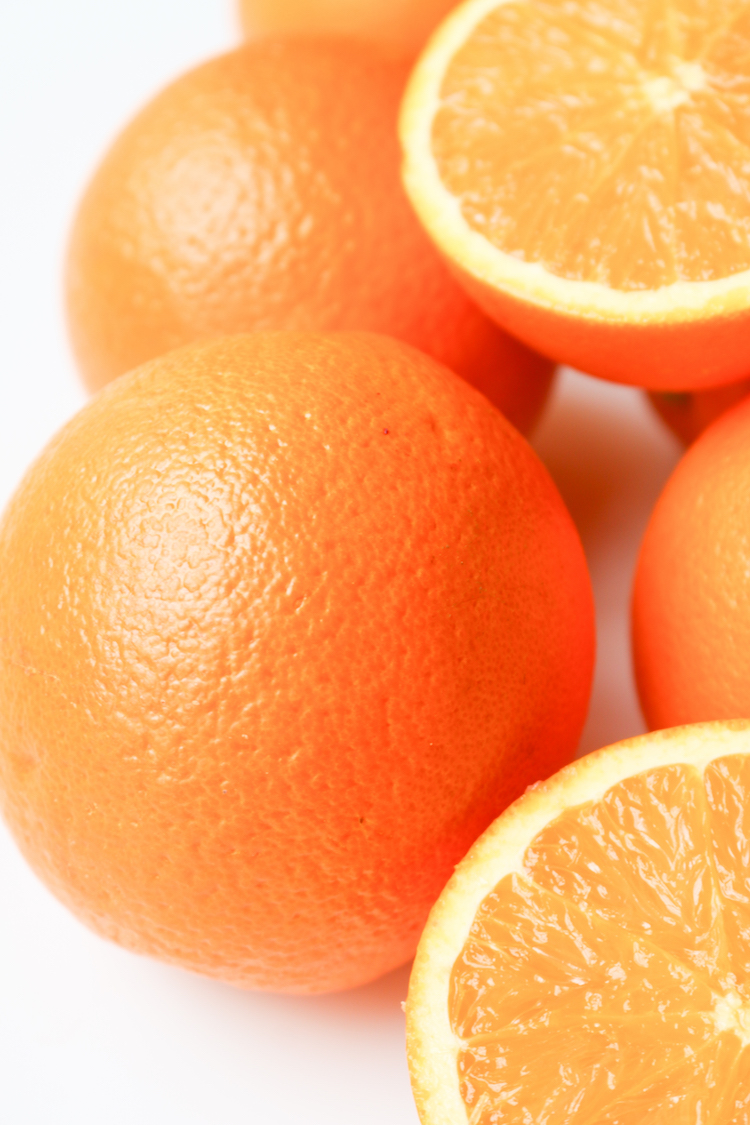
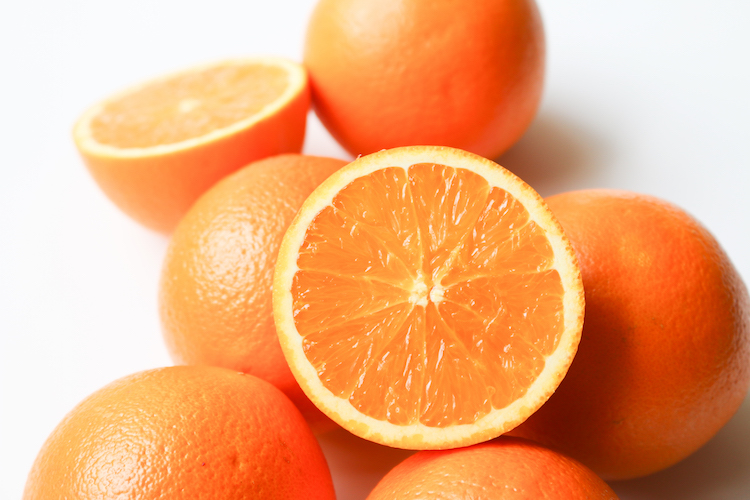

LSN’s Orange Recipes
Want more ways to use your oranges? check out our favorite recipes here!
WHAT’S YOUR FAV?
What ingredient do you guys want to learn more about? And if you have a favorite way to eat oranges, tag @livesimplynatural or #livesimplynatural so the LSN community can get inspired by your dish too :)
Hugs,



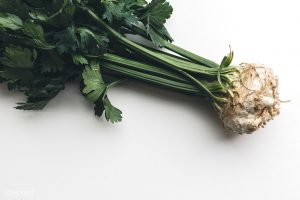

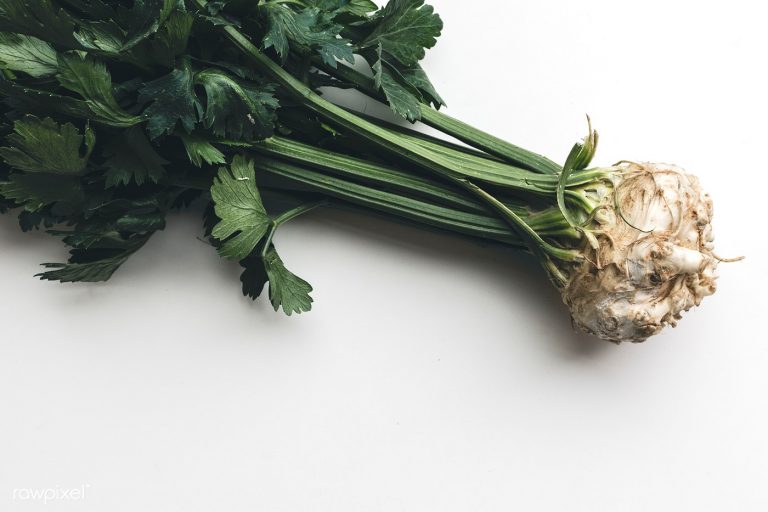
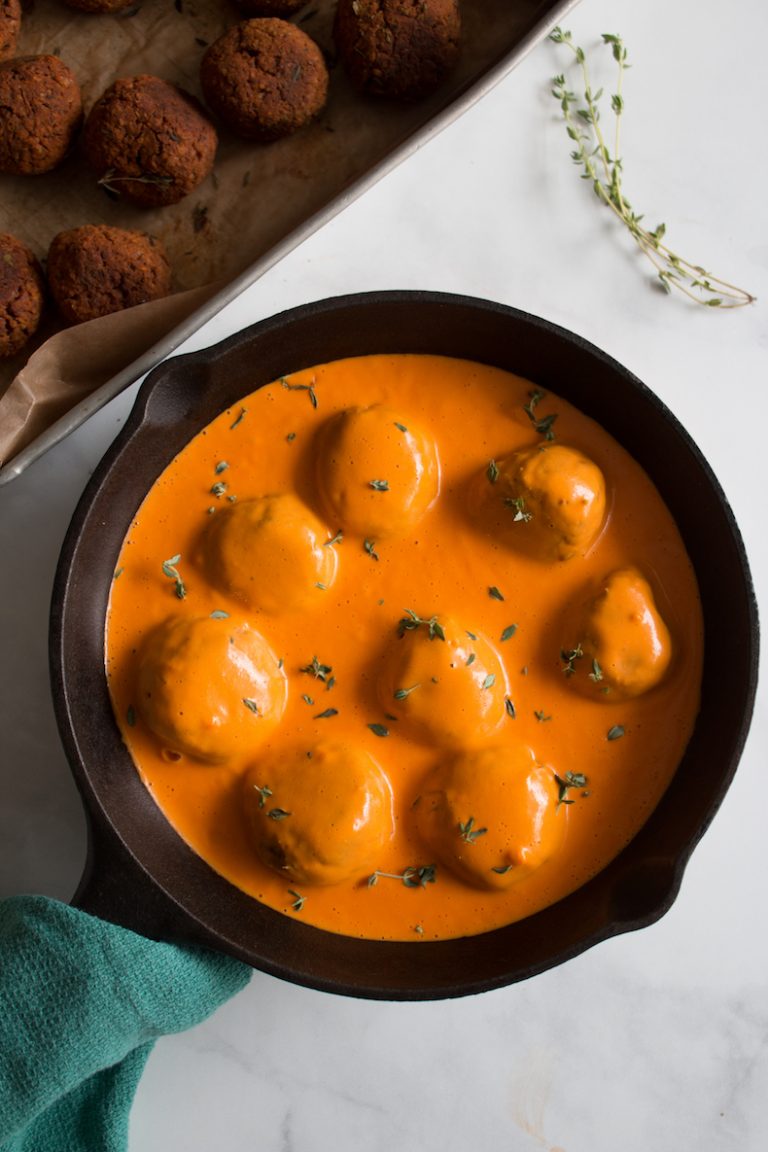
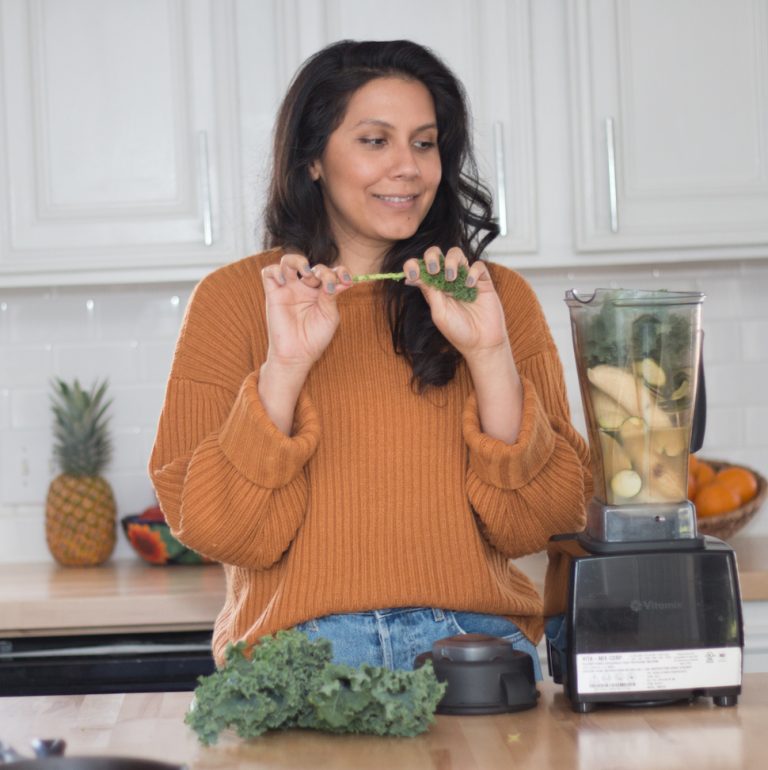
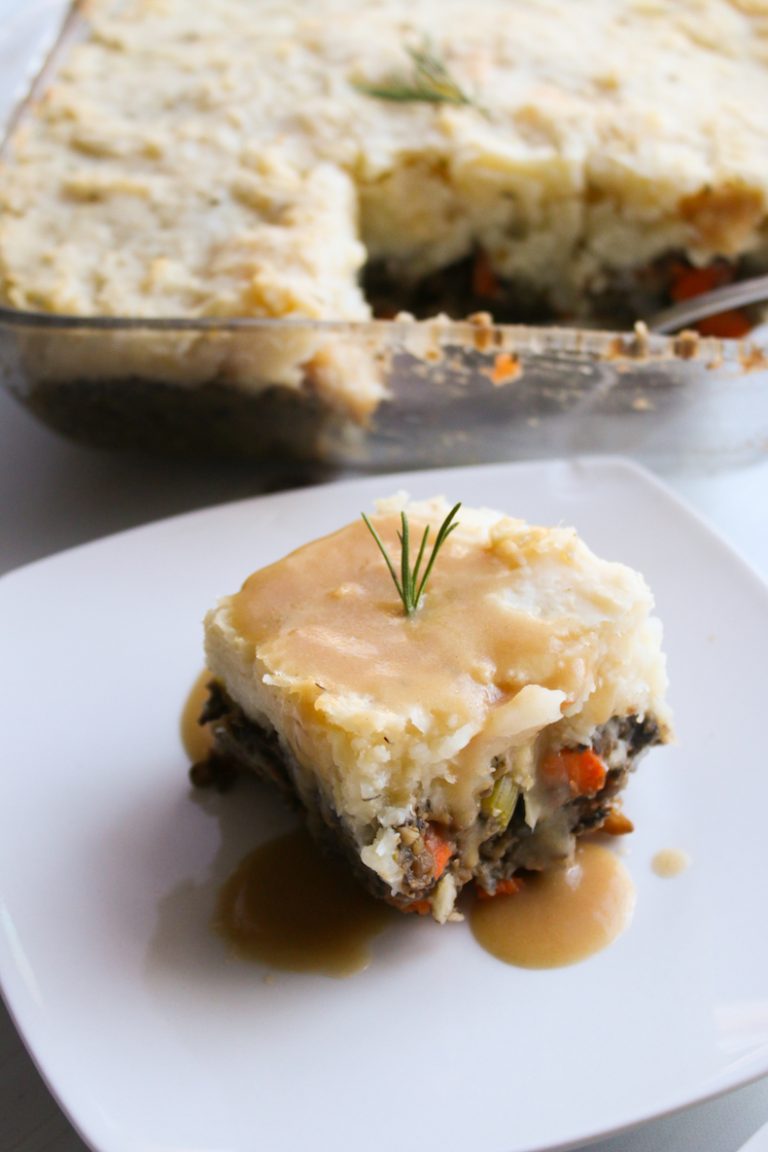
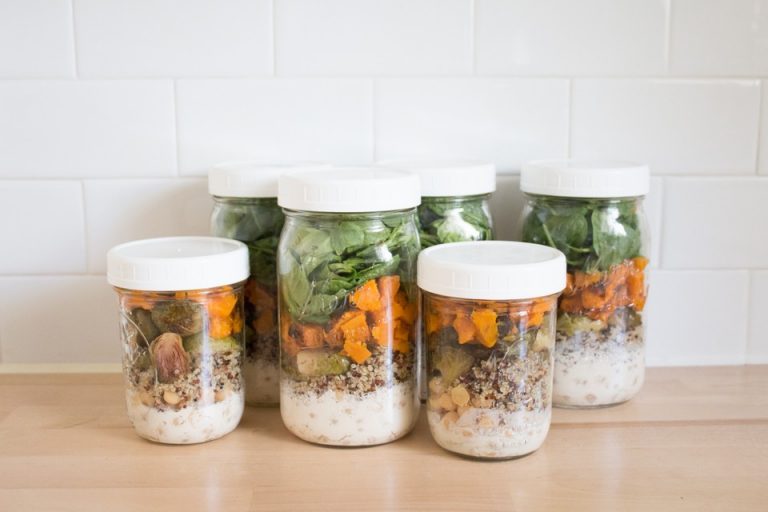


One Comment